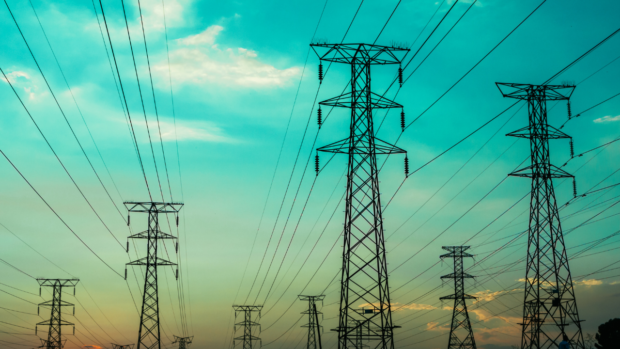ERC: UP, Meralco pact is pilot for power retail aggregation scheme

Electricity wires | INQUIRER.net stock photo
MANILA, Philippines — The Energy Regulatory Commission (ERC) on Friday announced the start of its Retail Aggregation Program with an agreement between the University of the Philippines and Manila Electric Company (Meralco).
ERC chairperson Agnes Devanadera said the Retail Aggregation Rules, a memorandum of understanding between UP and Meralco, has been signed to establish the electric retail aggregation scheme in the campus setting.
The Retail Aggregation Program aims to combine and empower electric end-users of a particular area by allowing them to create aggregate accounts and pick their preferred power provider.
“We have just promulgated the Rules for the Electric Retail Aggregation Program which is another means of empowering consumers to exercise their freedom of choice,” Devanadera, who also acts as ERC chief executive officer, said in a statement.
“The Rules on Retail Aggregation took effect today as we celebrate the launch of the Pilot Implementation of Retail Aggregation,” she added.
The ERC explained that the Retail Aggregation Program or Retail Aggregation Rules is a set of standardized rules and procedures regarding the “aggregation of electricity requirements of end-users in the Competitive Retail Electricity Market (CREM).”
This, it added, would allow consumers in a cluster, for example, a subdivision, to form an aggregate group that would transact with electricity service providers — which then provides people situated in the aggregate areas with an option on which company they should tap for their power service.
This makes the market competitive as users do not have to rely on a single company to provide electricity for them, the ERC said. For users, they can opt for electric services that may be lower than the current prices.
The ERC also explained that the Retail Aggregation Rules would apply to the following portions of the electric supply chain:
- End-users
- Retail Electricity Suppliers (RES)
- Local Retail Electricity Suppliers (Local RES)
- Distribution Utilities (DUs)
- Suppliers of Last Resort (SOLR)
- National Grid Corporation of the Philippines (NGCP)
- Central Registration Body (CRB)
- All other relevant industry participants, as applicable.
Meanwhile, the following areas may be qualified to be considered as aggregate groups:
- Subdivisions
- Villages
- Business Districts
- Special Economic Zones
- Condominium buildings
- Commercial establishments such as malls
- Mixed-used development complexes
- Such other geographical areas where similarly situated end-users are located in which supply of electricity can be measured through metering
The ERC said that as of April 22, there are 1,897 contestable consumers – or customers in areas where there may be more than one electricity provider. These 1,897 contestable consumers have a total electric supply-demand of 3,924.53 megawatts (MW).
“The Retail Aggregation Program is a scheme wherein two or more end-users or all end-users within a contiguous area joined together and are treated as a single Contestable Customer, based on the current threshold demand prescribed under the rules, wherein such Contestable Customer shall be part of the Contestable Market, and enjoy the benefits enjoyed by the Contestable Customers in the RCOA,” the ERC noted.
Devanadera thanked UP and Meralco for starting the initiative, which she believes would benefit customers who will now have options.
“The ERC would like to thank the UP and MERALCO for their initiative in making possible this pilot implementation. This pilot will help promote Retail Competition and Open Access,” she said.
“With their partnership, we hope that the electricity consumers will be more enlightened about the benefits of retail aggregation which ultimately is for the consumers to have the power to choose from among the electricity suppliers that offer better rates and better services,” she explained.
RELATED STORIES
Gov’t pushed to set long-term energy mix
DOE: Brace for higher electricity rates as coal prices surge